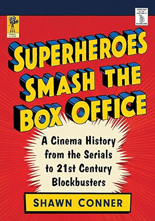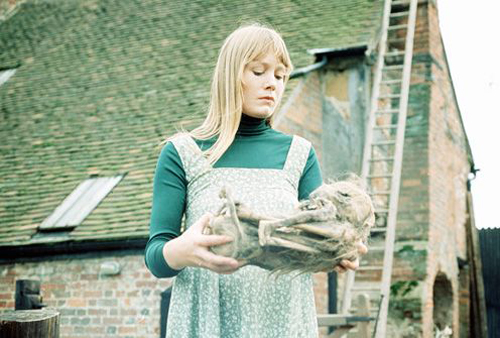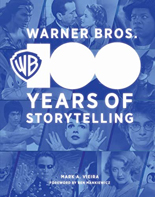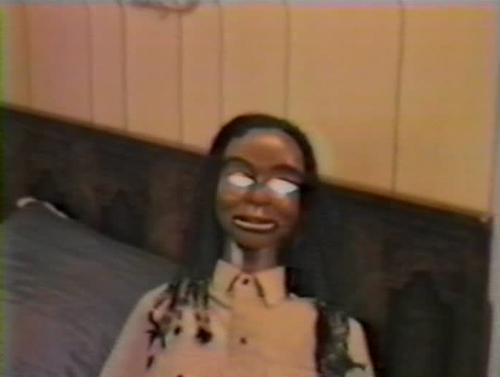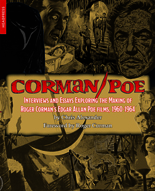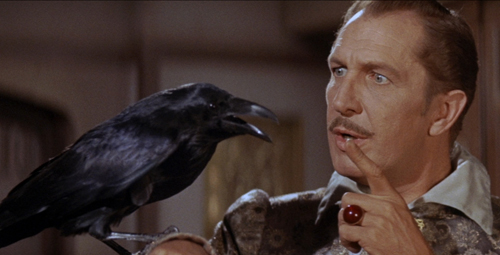
And now for a new book Martin Scorsese won’t be reading: Canadian journalist Shawn Conner’s Superheroes Smash the Box Office: A Cinema History from the Serials to 21st Century Blockbusters, from McFarland & Company. If you have any interest in the subject, though, I recommend it.
As a child of the 1970s, this voracious comics reader wondered why Superman was the only true four-color do-gooder at a theater near me; I longed for more. As a new adult of the 1990s, I couldn’t believe the studios finally caught up. Now, as an older adult of the 2020s, I honestly want the mighty Marvel movie machine to break into an irreparable state. How did we get from there to here? Film by film (more or less), Conner charts the answer.
His book is a zippy run through eight decades of examples — sometimes too zippy. Example: While 2004’s The Punisher isn’t a good movie, it seems odd to not mention its megastar antagonist, John Travolta. On the other hand, the author has a lot of ground to cover; luckily, he doesn’t waste time with scene-by-scene retellings like other books on this subject often do, instead focusing on development, production and reception.
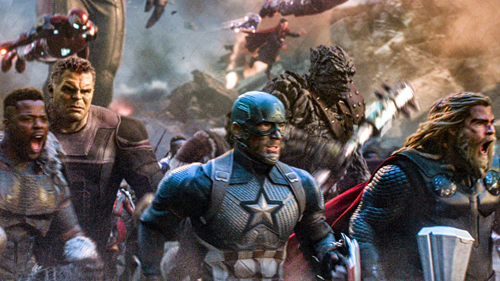
As the chapters progress into our current times of Avengers ad infinitum, either he was rushed or simply less enthusiastic; either way, I don’t blame him. Every now and again, you’ll run across an egregious error — James Gunn didn’t direct The Specials, just as screenwriter Scott Frank has never won an Oscar — but not so many to question his credibility. I’ve encountered far worse offenders just among those writing about caped-crusader cinema.
With a surfeit of similar texts, what really kept me invested in Superheroes Smash the Box Office was Conner’s sense of humor about the whole enterprise. Fanboys may bristle for him for refusing to kneel at their false idols. For instance, CBS’ Incredible Hulk pilot is “a great show if you want to watch Bill Bixby change a tire in the rain.” And of Todd McFarlane’s stated quest for “integrity” and “dignity” in shepherding Spawn to the screen, Conner writes, “Strong words from a man with creative control over a film with a dwarf clown who emits green farts.” I’m still laughing over that one. —Rod Lott

